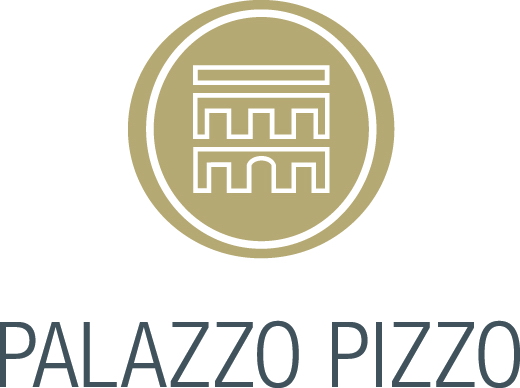Decorating with Colours
/Mediterranean Escapes - online eye candies by TASCHEN
/Le Corbusier colour experimentation
/Recently I bought a book about this fascinating artist - and I am impressed by Le Corbusier's use of colours, his choice of quantity / proportion and contrasts - thus I thought I blog some of his interior related work.
The online version of wallpaper magazine recently published an article about Le Corbusier's Claude & Duval "Dream Factory" in France.
Here an extract:
(...)
The factory, a true architectural gem, was designed according to the famous Le Corbusier modular system, also featuring his intense block colour experimentations, covering ceilings and walls, to the plumbing system, contrasting heavily the naked concrete used as the main material.
Le Corbusier’s Claude & Duval factory in St-Die-des-Vosges was built in 1952 and has been a working textile factory ever since. This factory produces today high fashion pieces for the likes of Balenciaga, Chanel, Celine and Belgian designer Ann Demeulemeester, who owns her own Le Corbusier designed house in Antwerp.
(...)
Text and photo source: wallpaper
---
You might also be interested in: playing with colours - Le Corbusier's colour palettes and "tool box"
playing with colours
/Since a while, I am collecting, researching and observing all around colours. Of course this leads unescabably to Le Corbusier and his use of colours in architecture and interiors.
Here, you see the 63 colours from the colour palettes LC 32 and LC 43 by Le Corbusier :
Le Corbusier’s sophisticated color theories, outlined in his Polychromie Architecturale writing (Le Corbusier Polychromie architecturale: Farbenklaviaturen von 1931 und 1959 / Color Keyboards from 1931 and 1959 / Les claviers de couleurs de 1931 et de 1959 (German, English and French Edition), were influenced by his experiences as both an artist and an architect.
The color palettes he selected for a Swiss wallpaper manufacturer (Salubra) were systematized in chromatic ‘keyboards’ with accompanying cut-out cards. This tool will help to isolate color combinations.
The LC 32 series are organized into groups based on mood, from which a smaller palette of three to five harmonious colors can be selected.
The stronger colors of the LC 43 series appear on one page, with color proximity and the cut-out cards enabling selection for two to three vividly contrasting colors.
In case you are interested to know where to source these colours for your own painting project:
The Swiss based company, kt.COLOR, founded by the chemist Katrin Trautwein, is a highly specialized manufacturer of fine paints for interior use, licensed the exclusive rights to manufacture the original Le Corbusier colors from Foundation Le Corbusier in 1999.
- a dark (painted) floor makes a room appear wider
- for small dark room: use no white but bright sunny colour
- grey is an elegant and cosy wall colour for a bedroom



































